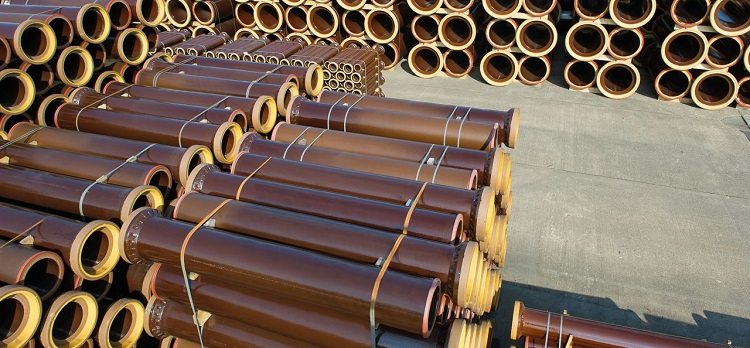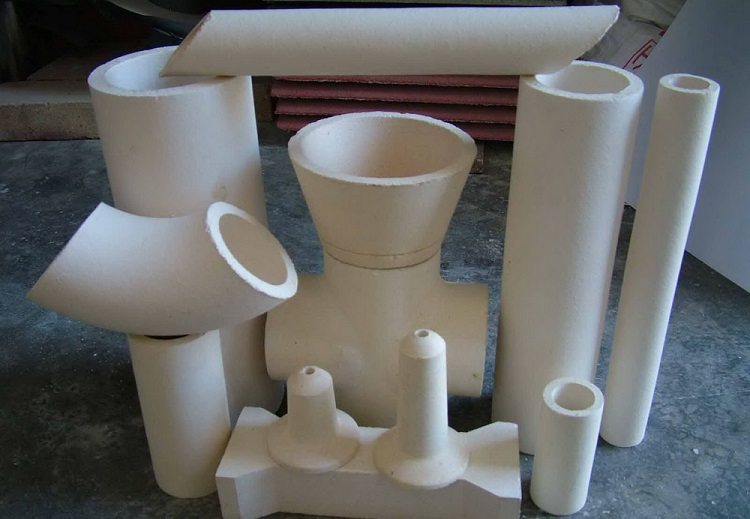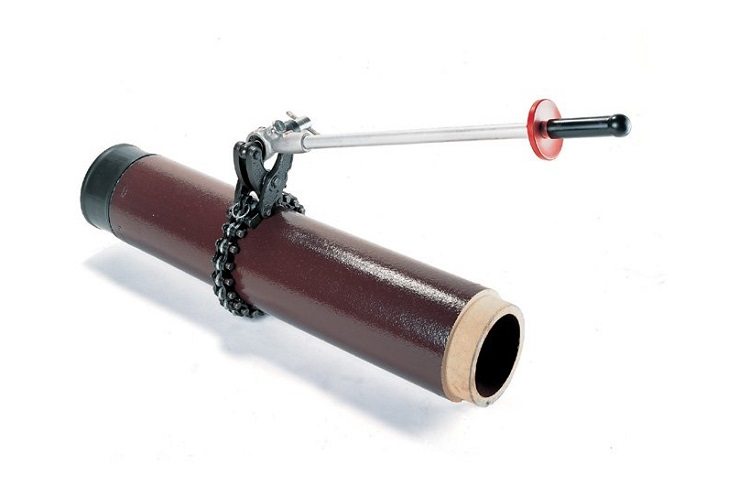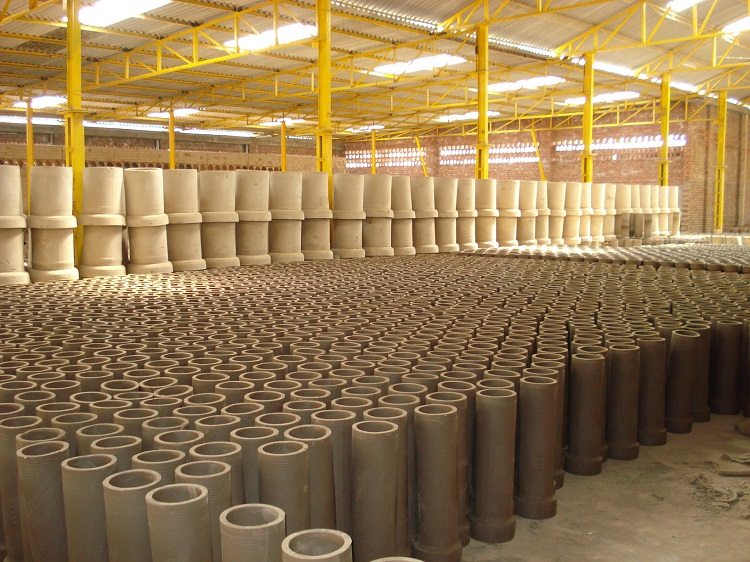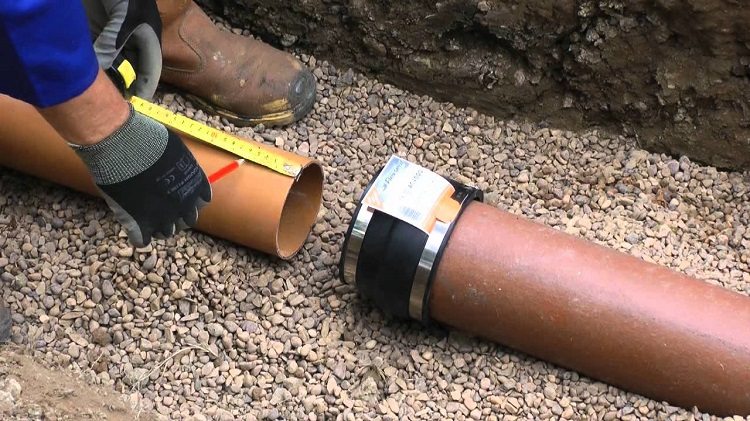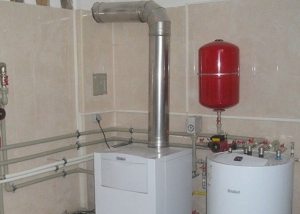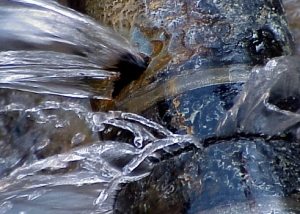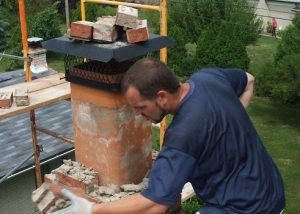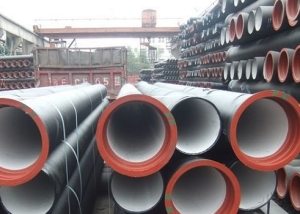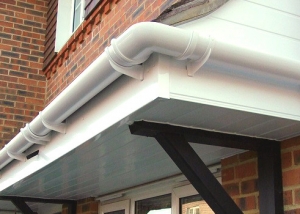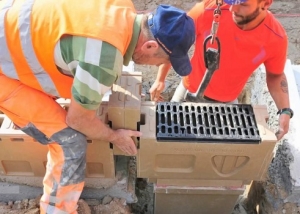Ceramic pipes for sewage were used long before the invention of electricity and a steam engine - the most sophisticated systems for draining rainwater and domestic wastewater, made of baked clay, served both Ancient Rome and Babylon, and, most likely, much more ancient megacities. Currently, ceramics quite successfully competes with materials such as plastic cast iron. Indeed, as it turned out, the latter have much less endurance in relation to a number of aggressive factors in the operation of external sewer systems.
Content
Advantages of ceramic pipelines
The main criterion for choosing ceramics when laying pressureless drainage and sewage networks is its high profitability. The simplicity of manufacture, more than 100 years of service life, as well as the low costs of maintenance and repair of pipeline systems provide the material with a very high demand among consumers.
The main advantages of ceramic pipelines include:
- low roughness of the inner surface. Low rates of internal roughness of ceramic pipes provide a high flow rate. This eliminates the delay of sediment on the walls and contributes to the smooth elimination of congestion;
- high mechanical strength;
- resistance to temperature extremes;
- chemical inertness. The internal and external coating of ceramic pipes (special glaze), the design of the joints and the materials of the sealants provide resistance to acid and alkaline environments with a pH level of 0-14, as well as abrasion;
- environmental friendliness. The manufacture of ceramic pipes occurs at temperatures up to 1200ºС, which minimizes the porosity of the material. This provides reliable protection of the environment from contact with the contents of the sewer.
As a rule, sewer networks are laid in the ground, where they are subjected to significant static and dynamic loads. Having high hardness and resistance to mechanical stress, ceramics ensures the invariance of the geometry of the pipeline and eliminates the appearance of cracks or fractures during operation.
In contrast to plastic and cast iron, ceramics are not exposed to sudden temperature changes. This ensures the integrity and impermeability of ceramic sewer pipes, regardless of the temperature indicators of the external or internal environments.
Interesting fact! Due to its exceptional qualities, ceramic pipes have an almost unlimited scope, which covers both household, industrial and agricultural sectors.
The disadvantages of ceramic sewage
The advantages that ceramics demonstrate in comparison with metal and plastic do not allow ignoring its disadvantages. These include:
- fragility;
- instability to freezing temperatures;
- the complexity of the "cold" processing;
- large specific gravity;
- complexity of transportation and installation;
- high cost for small-scale construction of drainage and sewer networks.
Despite the high mechanical strength and resistance to static and dynamic loads, ceramic is a very fragile material. Shocks, sudden changes in internal or external pressure, mechanical stress during installation are quite capable of destroying the pipe. A significant drawback of the material is its instability to negative temperatures. As a result, ceramic pipes are not used in harsh regions.
Ceramics weigh a little less than cast iron. At the same time, it is difficult to transport and store. As for the installation, to preserve the integrity of the pipes, their proper fitting and matching, special equipment is required, as well as a substrate that excludes soil bursting under the weight of the sewer network elements.
Helpful information! Elements of ceramic pipelines have a small length, which increases the number of connections and complicates their sealing. Thus, the use of ceramics is impractical in private housing construction - it is much more profitable to use it for laying industrial engineering networks.
Production Features
Ceramic sewer pipes are produced according to the technology similar to clinker - its basis is high-temperature firing of the source material. As the latter, raw or chamotte clay is used. The glaze, which covers the inner walls and the outer surface of the products, is made from a mixture of clay, loam, feldspar, dolomite and quartz. Also, to give it a certain color, oxides of various metals and heat-resistant dyes are used.
The production process of a ceramic pipe can be divided into 5 stages:
- processing and preparation of raw materials. Pre-refined raw materials with a refractory technological impurity - kaolin - are crushed to a powder state. Water is added to the mixture, resulting in a paste, a texture resembling plasticine;
- compaction of the molding material with evacuation. The prepared mass is compacted using a special press (clay grinder), after which the remaining air is removed from it in a vacuum chamber;
- molding of the product. The compacted clay is fed into the extruder (molding machine with profiling heads), where the bell is first formed, and then the pipe body. At the exit of the extruder using a steel string, the pipe is trimmed to a predetermined length;
- drying and glazing. After extrusion, the pipes take shape, however, their hardness is sufficient only to not deform under their own weight. At this stage of production, the products are fed into the drying chamber, where at a temperature of about 80 ° C the remaining moisture is removed from the clay. After drying, the pipes acquire mechanical rigidity and are glazed in special bathtubs;
- burning. Prepared products are fired in kilns of a tunnel or periodic type with an operating temperature of 1250ºC.
The firing process takes about two days, during which clay microparticles are sintered into a monolith, and the glaze is melted.
At the output of the process, a material is obtained whose consistency is similar to artificial stone, and the coating with its qualities resembles durable glass.
Interesting fact! The finished ceramic pipe has an almost zero coefficient of water absorption.
Regulatory requirements for ceramic piping
The production of ceramic sewer pipes is carried out in accordance with the provisions of GOST 286-82. Finished products must meet the following standards:
- the inner diameter of the products is in the range of 100-600 mm, the assortment is performed in increments of 50 mm;
- the wall thickness of the finished product is 19-41 mm;
- the length of a single section of the pipe lies in the range of 1000-1500 mm;
- a connecting bell is produced with a depth of 60-70 mm and a diameter of 224-734 mm;
- the pipe curvature tolerance is several mm, its value is determined by the inner diameter;
- the ovality of the barrel and the bell does not exceed the value of the maximum deviation from the size and diameter of the pipe;
- the taper of the bell on the inner diameter does not exceed 8 mm;
- the deviation from the straightness of the pipe per 1 m of barrel length does not exceed 11 mm (with a diameter of 150-200 mm), 9 mm (diameter of 300-600 mm).
On the outer side of the barrel end and on the inner surface of the socket, a cut of at least 5 grooves with a depth of 2 mm or more is performed.
Compound finished products are carried out using connecting sockets or couplings.
It's important to know! After cooling, the pipes are tested with a hydraulic pressure of 0.15 MPa. At the same time, the coefficient of water absorption of the pipes should be no more than 8%, and the acid resistance should be at least 93%.
In the finished form, ceramic pipes must be completely tight. Also, ceramic pipes are subject to appearance requirements, according to which the presence of:
- areas not covered with glaze with an area of more than 1% on the inner and more than 5% on the outer surfaces;
- network-shaped incisions;
- non-through cracks more than 1 mm wide on the shoulder of the bell;
- through and through cracks at the ends of the pipe;
- individual smelting and foreign surface inclusions;
- bloating on the inner surface;
- bumps at the ends of the pipe and on the ribs of the shoulder of the socket.
Mounting technology
Sewerage is a non-pressure network. Therefore, in the process of laying ceramic pipes, compliance with design biases is of great importance.
It's important to know! Immediately before installation, the ceramic network elements must undergo the established quality control and acceptance procedure.
The laying of ceramic pipelines is carried out by individual elements or links containing from two to five segments. The total length of the link should not exceed 8 m. As a rule, laying is carried out according to the design slope from the bottom up. Installation should begin with a viewing well, and pipes are laid with bells against the flow of effluents.
Pipeline joints are sealed with hemp, resin or bitumen strands, after which locks of heated asphalt mastic, cement mortar or asbestos-cement mixture are arranged at the joints. The circumference of the pipe must be twisted with a strand at least two times, after which it must be sealed in an unshocked manner.
Single ceramic pipes for sewage are mounted on a previously prepared basis, and the installation of all subsequent elements of the pipeline is carried out after reliable fixation of the first. The straightness of the axis in the horizontal plane is checked by a cord, and the correctness of the slope is controlled using a level. The links of the ceramic pipeline are mounted in order to speed up the process of laying in trenches. At the same time, sections of 2-3 elements with a diameter of up to 250 mm are set manually, and a jib crane is used for links of a larger diameter.
